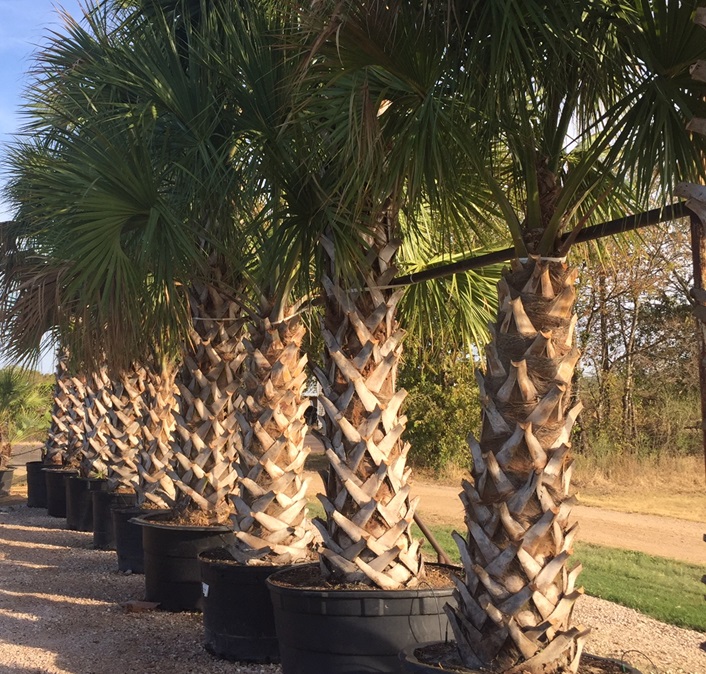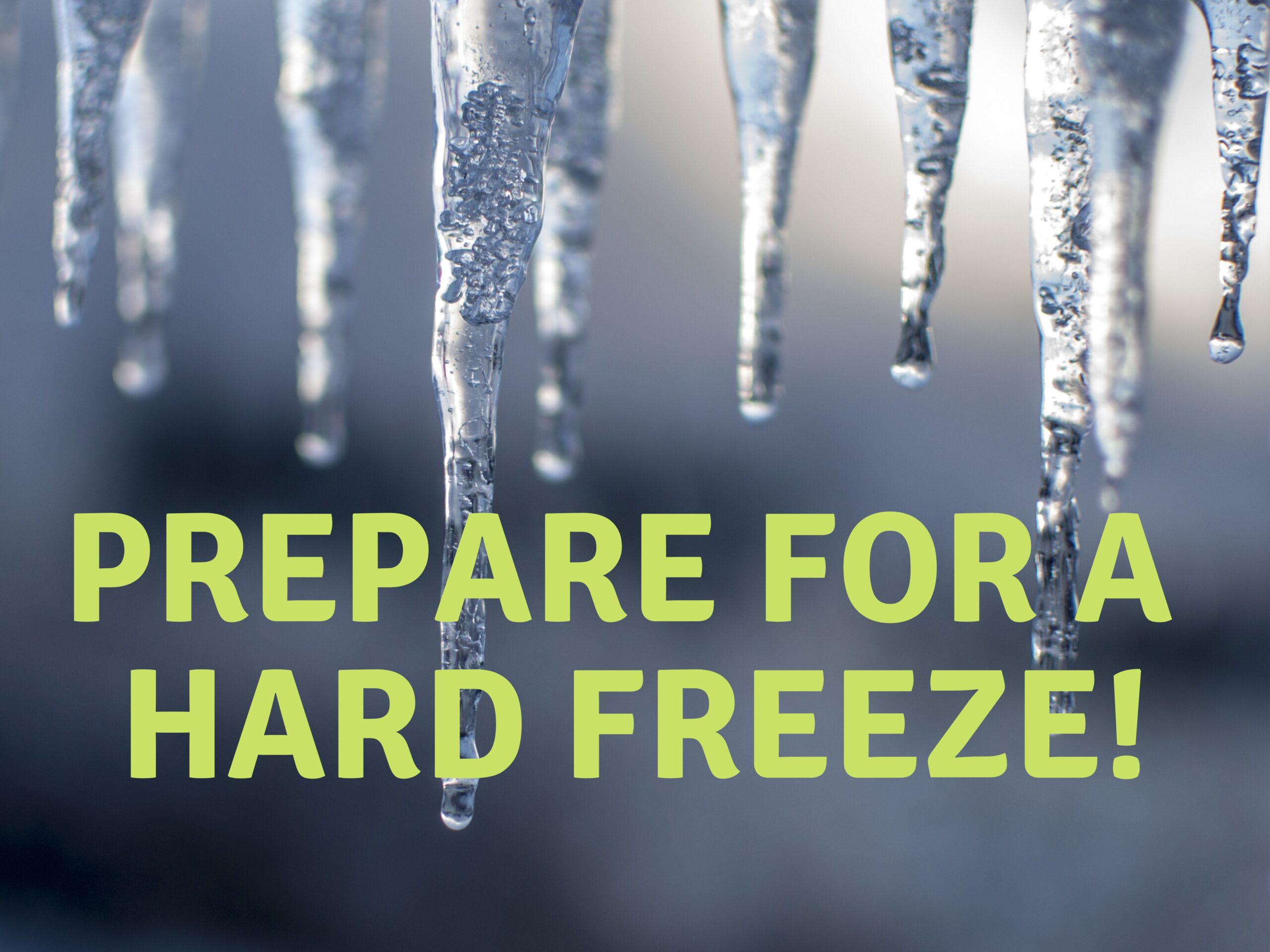Do you have a plan for keeping your tender plants alive this winter? Are you wondering which plants will need protection?
The first thing you need to know is what hardiness zone your plant is classified in. Is it zone 10, like the Bougainvillea? Or zone 9, like Lemon Grass? The hardiness zone determines the minimum cold temperatures that a plant will tolerate. It is just a guideline, however, as other factors will also need to be considered. A tender plant that is well established going into the winter will generally be more cold tolerant that a newly planted one. Plants in pots have their root system more exposed, and will react to cold more readily than plants in the ground.
Hopefully, if you have planted a tender plant in the ground, you have chosen the southeast exposure-this avoids the northwest winter winds and is usually more protected. If it is an herbaceous perennial-one that dies back to the ground in the winter but comes back in the spring-a good covering of mulch will protect the roots in the winter. Be sure to pull the mulch back in the spring as the soil warms up!
Citrus trees are commonly kept in pots so that they can be protected from freezing temperatures. Satsuma Mandarins are the most winter hardy of the citrus we grow here, and need to be protected only for a sustained freeze in the upper 20’s or lower. They can be covered with frost cloth to protect any new growth from a light freeze or a frost. Remember, it can frost at 40 degrees if there is no wind and skies are clear! Bring them inside or into a garage or other location that will not freeze if a sustained freeze is expected. They may be returned to the outside after the freezing temperatures have passed.
If you have planted them in the ground, covering them for a sustained freeze is advisable, and you might be prepared for some dieback come spring. Just cut the dead branches back to live wood, and the tree should recover. Meyer Lemon trees are somewhat winter hardy here, but also need to be protected from sustained freezes. Mexican Limes are the least winter hardy, and should be protected from all freezes. Remember, when covering plants with a frost fabric, you are trying to capture the heat from the ground. The cloth should be anchored to the ground and fully surrounding the plant. Do not just wrap the fabric around the top or canopy of the plant! I move all my tender plants to the southeast side of my house in the winter. I have sometimes been known to lay the tall ones down before covering them-that captures the ground heat and makes it easier to cover as well!
Bougainvilleas are often grown in pots in this area as well. They are truly tropical. They do not like temperatures below 55 degrees, but they will tolerate them! As with the citrus, cover them if a frost or light freeze is expected, and move them in if a hard freeze is expected. They may then be moved back outside when the weather warms up. If your plants are too large to move inside, you may prune them at this time to be able to protect them. Cut back on the frequency of watering, and do not fertilize until new growth begins in the spring.
Plumeria are tropical plants which should be protected from freezing. There are many ways to protect this tough plant. Some people will grow them in the ground, then dig them up and shake the soil off the roots to store them for the winter. I usually start to “harden” them off beginning in October-watering less frequently to encourage dormancy. The uprooted plants can then be overwintered in a location that will not freeze, then planted outside again after the last chance of freeze in the spring. For those of us who grow them in pots, they can be brought inside or to a location that will not freeze, then returned outside. Or, because they are dormant, left in the garage or wherever, with no need to water! Woody cuttings longer that 3’ may be taken and rooted in a well-drained medium in the winter, but save those shorter, softer cuttings for warm weather.
Remember that mulch is a good insulator for roots, and plants such as Esperanza (or Yellow Bells) and Pride of Barbados may benefit from an extra layer for the winter. Remember to pull it back in the spring before the new shoots emerge! I also mulch my Plumbago and Mexican Firebush in the winter. Don’t forget to continue to water your yard, especially before a freeze. A general rule of thumb is that if we do not receive one inch of rain in a two week period, then put one inch of irrigation water on your yard in the winter. Winter drought affects our plants, too!
Please call Backbone Valley Nursery with your questions on winter protection of your plants. Pick up a package or two of N-sulate fabric to keep your plants warm this winter!




